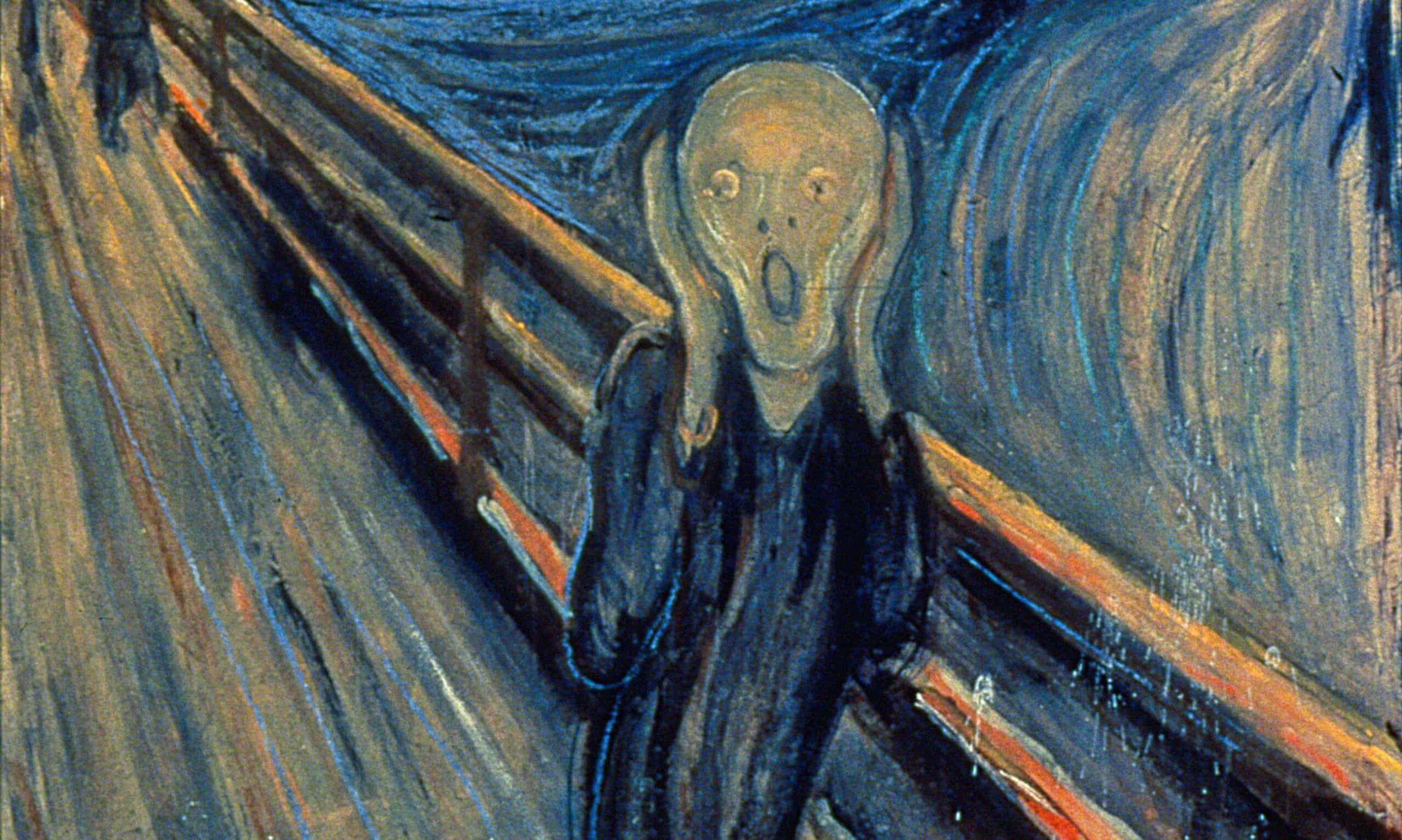What are the symptoms of somniphobia?
Somniphobia, also known as sleep phobia, is characterized by an intense fear of sleep or the act of sleeping. Individuals with somniphobia may experience various symptoms, including:
- Intense Anxiety About Sleep: A profound fear or anxiety related to the idea of falling asleep or being asleep.
- Sleep Avoidance: Deliberate avoidance of sleep, which can lead to insomnia or sleep deprivation.
- Nightmares or Night Terrors: Recurrent frightening dreams or episodes that exacerbate the fear of sleep.
- Hypervigilance: Heightened alertness and difficulty relaxing, which can interfere with the ability to fall asleep.
- Physical Symptoms: Symptoms such as palpitations, sweating, or trembling when thinking about or preparing for sleep.
- Distress and Impairment: Significant distress or impairment in daily functioning due to the fear of sleep, which can impact personal, social, and occupational areas of life.
- Intrusive Thoughts: Persistent and distressing thoughts or images related to sleep that are difficult to control.
- Sleep-Related Obsessions: Preoccupation with the potential dangers or negative consequences associated with sleep.
These symptoms can severely impact an individual’s overall well-being and quality of life. Treatment typically involves psychotherapy, such as cognitive-behavioral therapy (CBT), to address the underlying fears and develop coping strategies. In some cases, medication may be used to manage anxiety symptoms, but it is usually combined with therapeutic interventions for a more effective approach.
What are the causes of somniphobia?
Somniphobia, or the fear of sleep, can arise from a variety of causes. These may include:
- Traumatic Experiences: Past traumatic events related to sleep, such as a frightening dream or a traumatic experience that occurred during sleep, can trigger fear of sleeping.
- Sleep Disorders: Conditions like sleep paralysis, night terrors, or chronic nightmares can contribute to the development of somniphobia. The distress associated with these disorders may lead to a fear of sleep.
- Mental Health Disorders: Anxiety disorders, depression, or post-traumatic stress disorder (PTSD) can sometimes be associated with somniphobia. The fear of sleep may be a manifestation of broader mental health issues.
- Fear of Losing Control: Some individuals may fear losing control or experiencing vulnerability while asleep, leading to anxiety about the act of sleeping.
- Medical Conditions: Certain medical conditions that cause discomfort or pain during sleep, such as sleep apnea or restless legs syndrome, may contribute to a fear of sleep.
- Cultural or Familial Influences: Cultural beliefs or family attitudes towards sleep and dreaming can impact an individual’s fear of sleep. For instance, if sleep is associated with negative outcomes or dangers within a person’s cultural or family context, this fear may develop.
- Overexposure to Sleep-Related Media: Exposure to media or information that portrays sleep as dangerous or associated with negative consequences might also contribute to developing somniphobia.
- Psychological Factors: Cognitive distortions, such as catastrophizing or excessive worry about potential dangers associated with sleep, can play a role in the development of somniphobia.
Addressing somniphobia often involves exploring these underlying causes through therapy and developing coping mechanisms to manage the fear and its impact on daily life.
What is the treatment for somniphobia?
Treatment for somniphobia, or fear of sleep, typically involves a multi-faceted approach that combines psychological, behavioral, and sometimes medical interventions. Here are common strategies used to address somniphobia:
- Cognitive-Behavioral Therapy (CBT): CBT is a widely used therapeutic approach that helps individuals identify and change irrational beliefs and thought patterns related to sleep. Techniques such as cognitive restructuring and exposure therapy can be particularly effective.
- Exposure Therapy: Gradual and controlled exposure to sleep-related situations can help desensitize individuals to their fear. This may involve progressively exposing the person to sleep-related cues or scenarios in a safe and controlled manner.
- Relaxation Techniques: Teaching relaxation techniques such as deep breathing exercises, progressive muscle relaxation, and mindfulness can help reduce anxiety and promote a more relaxed state before sleep.
- Sleep Hygiene Education: Educating individuals about good sleep practices, such as maintaining a consistent sleep schedule, creating a comfortable sleep environment, and avoiding stimulants before bedtime, can help improve overall sleep quality and reduce anxiety around sleep.
- Medication: In some cases, medication may be prescribed to manage symptoms of anxiety or insomnia that contribute to the fear of sleep. However, medication is typically used in conjunction with therapy rather than as a standalone treatment.
- Addressing Underlying Conditions: If somniphobia is linked to other conditions such as sleep disorders, PTSD, or severe anxiety, addressing these underlying issues through appropriate treatments can help alleviate the fear of sleep.
- Psychoeducation: Providing information about sleep and its importance for health can help reduce misconceptions and fears about sleep. Understanding the normalcy of sleep and dispelling myths can be reassuring.
- Support Groups: Joining support groups or engaging in peer support can provide a sense of community and shared experiences, which can be comforting and reduce feelings of isolation.
- Family Therapy: In some cases, involving family members in therapy can help address any familial or cultural factors contributing to the fear of sleep.
An individualized treatment plan is often the most effective approach, as it addresses the specific fears, triggers, and underlying factors contributing to somniphobia. Working with a mental health professional can help tailor the treatment to the individual’s needs and circumstances.

Leave a Reply
You must be logged in to post a comment.